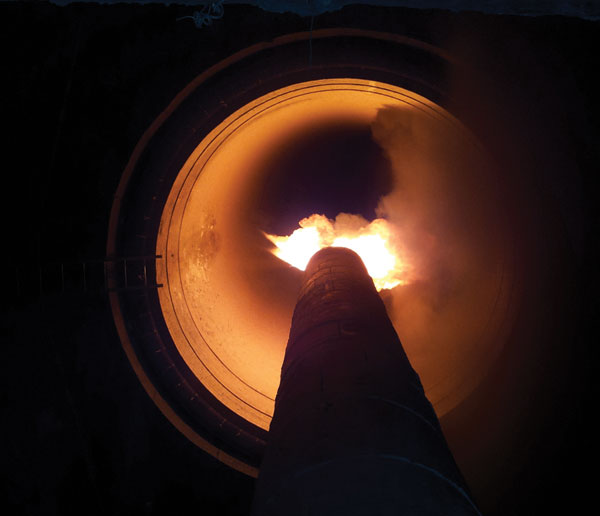Maximising AF usage
While the use of alternative fuels (AF) continues to increase, the desired targets always pose challenges as the price and properties of waste-derived fuels vary. Therefore, a better understanding of AF utilisation is essential to mitigate any potential negative effects on kiln stability, product quality and emissions. The case study detailed below highlights the effectiveness of using MI-CFD as an engineering tool to reduce CO emissions when AF is co-fired with coal at the kiln front-end. By Tahir Abbas and Michail Akritopoulos, Cinar Ltd, UK.

Cinar explains why an ‘optimum’ preparation/plant modification needs to be identified
to maximise the overall benefits of AF utilisation
When firing AF in kilns, longer residence times in hotter temperatures aid the combustion of AF streams that are difficult to burn. Heavier AF fractions falling onto the bed create higher CO emissions as they will burn under localised fuel-rich conditions.
A higher-momentum burner should allow for the secondary airflow to be effectively entrained into the flame through formation of internal and external recirculations zones (ERZs), thereby minimising the flow stratification in the near-burner region.

